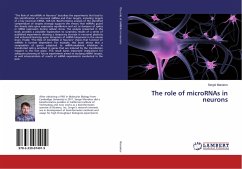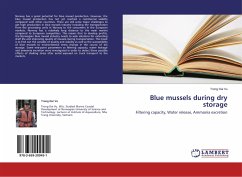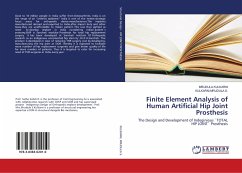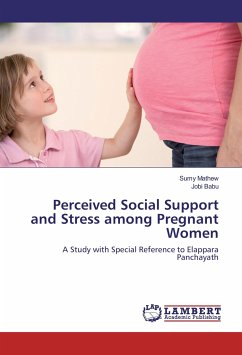This book collects different results of experiments conducted by several authors in order to clarify the role of bioindicator organisms, highly sensitive to environmental changes. In particular, invertebrates occupy a key position as intermediate consumers in the pelagic as well benthonic food of aquatic ecosystems. Then, aquatic organisms may represent excellent bioindicators of the health of the sea. The main purpose of monitoring the concentrations of heavy metals in biota is to determine the toxicological risk faced by organisms and even from the humans through the ingestion of contaminated edible species. The first part of the book is devoted to the literature on marine pollution and heavy metal with a focus on the following elements: mercury, cadmium, arsenic, chromium, thallium and lead. For each heavy metal a discussion on the chemistry, the general characteristics, the industrial uses, the mechanisms of pollution, the process by which the metal comes into the marine environment and the species of invertebrates that have been studied to test the pollution and risks/diseases for human, is reported.








